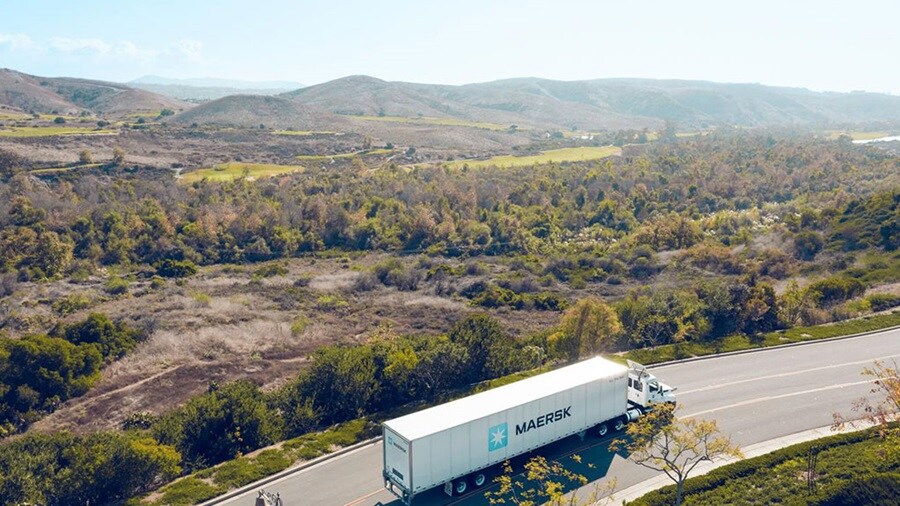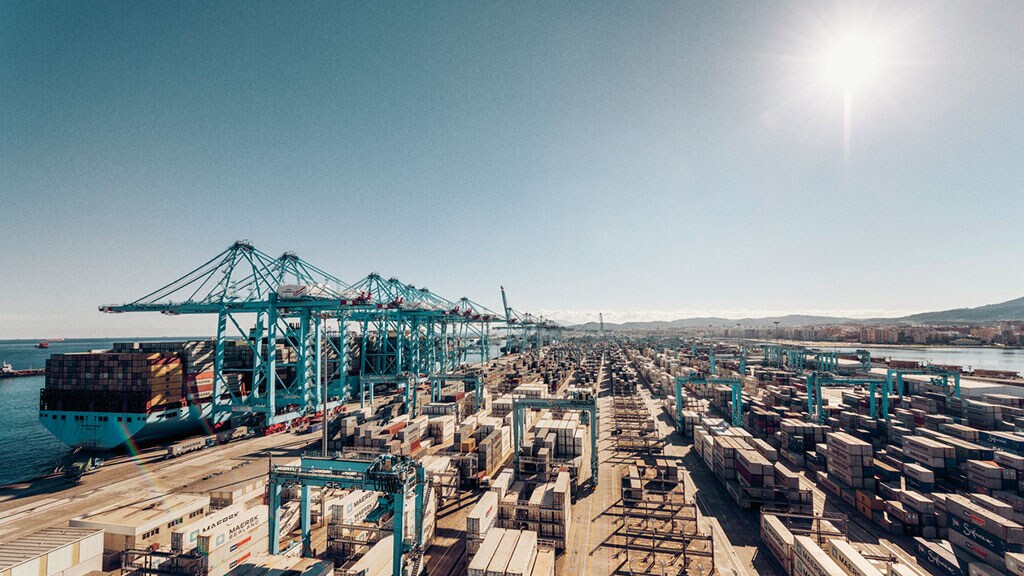A recent sourcing whitepaper has revealed that over 64% of European companies have changed the way they source materials as a result of global supply chain disruptions. Arguments for changing sourcing locations into ones closer to final markets go beyond simply shortening supply chains and include added flexibility and limiting reliance on single source of materials.
In light of shifting sourcing decisions, Morocco, situated on the periphery of the EU, is being considered as an alternative sourcing location by 4% of European companies. Today, Morocco is the third African country by share of exports into the EU, but maintains a trade deficit with a total of 68.63 billion USD in imports and 41.64 billion USD in exports in 2023. In this article, we dive into details of the opportunities that Morocco presents for European businesses, as well as most recent developments that facilitate these opportunities.
The missing link for growth
In the landscape of global trade, Morocco is on the way to become a strategic hub of North Africa, currently holding the 5th position among African countries by GDP in 2024. The country has made progress since economic downturn in 2016 in part to the nation’s low labour costs and a market-oriented approach, which is expected to lead to a GDP increase of 3% year-on-year by 2029. While Morocco represents only 1% of the EU’s total trade in goods, 56% of the country’s exports find their destination within the EU. The diversity of goods exported ranges from manufactures to agricultural products and fuels, making Morocco a potential sourcing destination for multiple European industries seeking cost-effective partners closer to home.

And while the EU and Morocco established a Free Trade Are over two decades ago, the trade between the two could see expansion in the coming years. Supply chain disruptions as a result of Covid-19, geopolitical environment, and recessionary trends have led to African countries climbing higher on the emerging markets list for many businesses, particularly due to the free trade agreements across the continent. To fully make use of these trends, the connectivity between Europe and Morocco needs to improve.
We have seen the nearshoring trend continue, and European businesses are showing increasing willingness to trade with Morocco and other African countries. The number of trucks crossing from Morocco to Spain and France has reached double-digit growth, and the current services could not sustain this growth, leading to congestions, higher pressure on the job market for truck drivers, and higher carbon emissions for businesses. There was a big missing link that would connect these countries in line with growth in trade.

Bringing Europe and Morocco closer together
As over 96% of all international trade in Morocco happens over sea, and the country is also home to Port of Tanger Med, the second largest container port in the Middle East and North Africa, ocean transport was always going to be crucial in connecting the country with destinations in Europe. And although the country’s Logistics Performance Index of 2.54 shows there are still ways to go, particularly when it comes to inland connectivity, the existing infrastructure offers the possibility to connect the south of the country with its port in the north.
We wanted to find synergies within the current network and our current customers and identify where we can add the piece that is missing, and that is how we developed our Morocco Bridge solution.
The new Morocco Bridge solution is a multimodal service that connects Morocco with Spain and the rest of Europe. The updated solution combines rail and truck transport across Morocco, with a RoRo (Roll-on/Roll-off) service departing twice a day from Tangier to Algeciras and back, and further multimodal solutions into the continent. This route aims to foster the growth in trade between Morocco and EU by reducing congestions and carbon footprint, without sacrificing speed to market.
Our customers doing business between the EU and Morocco work in specialty industries with tight deadlines and short lead times, and our solution had to reflect that – we needed to switch from talking days of lead time to hours.
Next to improving lead times, the Morocco Bridge solution can accommodate 45’ HCPW (45 feet high cube pallet wide) containers, improving efficiency and utilisation of space for customers transporting palletised cargo. The combination of RoRo service and rail connections on both sides turns Morocco Bridge into a unique and efficient inland solution, requiring a dedicated team to master the operations of a solution more complex than a pure ocean service. Maersk has now dedicated a team to master the intermodal operations and achieve price and operational excellence with a door-to-door service.
Besides investment in the bridge solution, Maersk has launched a rail offering between Barcelona and the south of France and continues to invest in special equipment that will help mirror the capacity and needs of the continental flow of cargo.
Our goal is to work within the existing infrastructure to connect the dots and better connect not just Morocco and Spain, but also the rest of southern Europe.
Anything you need, we’re here to help
I agree to receive logistics related news and marketing updates by email, phone, messaging services (e.g. WhatsApp) and other digital platforms, including but not limited to social media (e.g., LinkedIn) from A. P. Moller-Maersk and its affiliated companies (see latest company overview). I understand that I can opt out of such Maersk communications at any time by clicking the unsubscribe link. To see how we use your personal data, please read our Privacy Notification.
By completing this form, you confirm that you agree to the use of your personal data by Maersk as described in our Privacy Notification.

